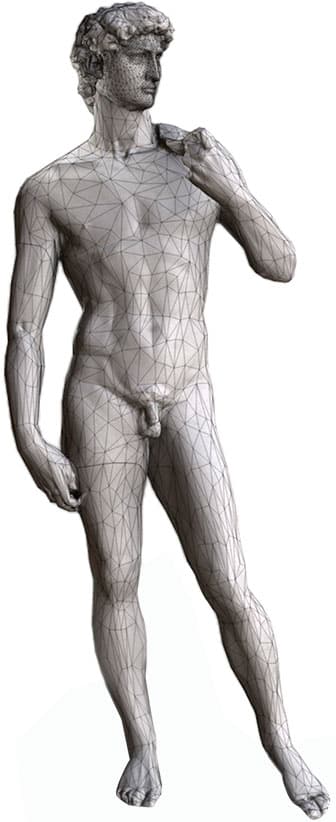Male hypogonadism is a clinical syndrome caused by testosterone deficiency which may adversely affect multiple organ functions and quality of life[2].
Testosterone deficiency can be of primary or of secondary origin, and it usually increases with age, although this can also be related to certain co-morbidities which are prevalent in older men. An annual decline in circulating testosterone of 0.4-2.0% has been reported 3-4 and in middle-aged men the incidence was found to be 6% 5. It is more prevalent in older men and in men taking some medications. Generally speaking, a low testosterone level is often indicative of a poor health status.
Decreases in testosterone levels may increase the risk of osteoporosis, sexual dysfunction, fatigue, cardiovascular disease, and mood disturbances[6].
Hypogonadism is associated with acute and chronic illness. Some of the systemic illnesses associated with hypogonadism include burn injury, stroke, cancer, HIV disease, myocardial infarction, diabetes, obesity, surgical stress, visceral obesity, diminished cognitive function, metabolic syndrome, changes in mood, insulin resistance and type 2 diabetes (BSSM 2017) 7.

















